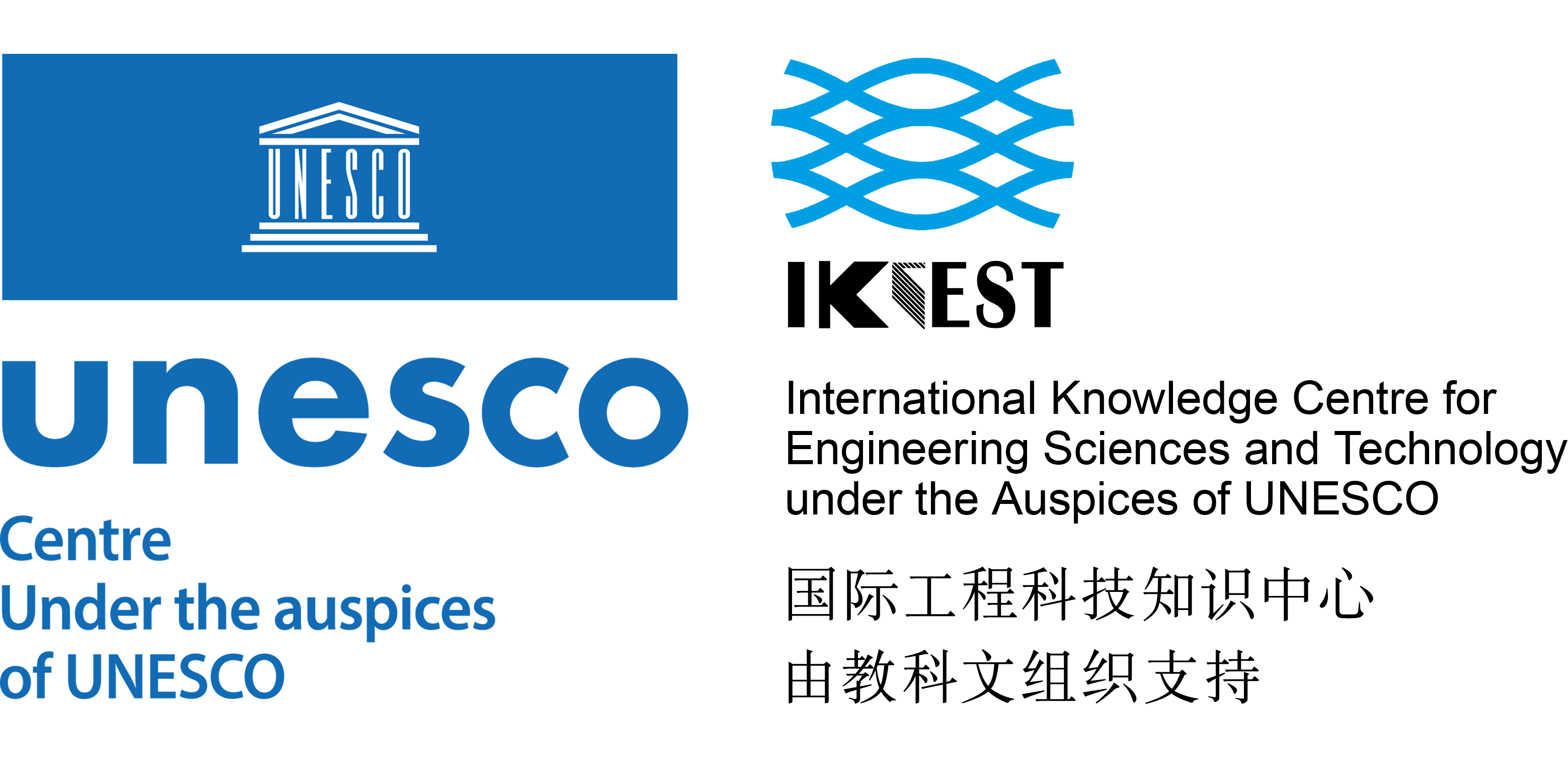
China's centrally administered State-owned enterprises are accelerating a fourth-quarter push to meet full-year targets while mapping out 2026 plans, as regulators press for technology-led upgrades and tighter risk controls. Experts said the priority is to use innovation to upgrade traditional industries, scale up emerging sectors and raise productivity without overextending balance sheets.
As of Tuesday, at least 10 such corporations have held third-quarter operations briefings or management meetings to align year-end execution with medium-term objectives. The State-owned Assets Supervision and Administration Commission of the State Council has urged SOEs to pursue steady growth and anchor macro stability while preparing for the opening phase of the 15th Five-Year Plan (2026-30).
During an annual consultation on Oct 16, SASAC and the Chinese Academy of Sciences said they will deepen the integration of sci-tech and industrial innovation, set joint priorities and sign key projects, aiming to accelerate the emergence of new quality productive forces. In parallel with the year-end campaign, many SOEs have begun drafting 2026 work programs to connect the current sprint with longer-term transformation.
Macro indicators suggest a tentative upturn for the State asset sector. From January to August, total operating revenue of SOEs reached 53.96 trillion yuan ($7.6 trillion), up 0.2 percent year-on-year, the first positive revenue growth this year and a base for profit repair. Company disclosures indicate that most central SOEs withstood multiple headwinds through the first three quarters, improving both quality and efficiency and laying foundations for the fourth quarter.
Among individual groups, China Resources reported January-September revenue of 651.4 billion yuan and total profit of 64.3 billion yuan, with both metrics outpacing the SOE average and extending a multiyear record of steady growth. Resource-focused SOEs said they delivered stronger results while meeting strategic supply needs.
China Nonferrous Metal Mining reported stable operations despite external pressures, record-high earnings, and 97 percent completion of its three-year reform and upgrade program, with special initiatives progressing.
In the meantime, energy groups emphasized balancing supply security with transition. State Power Investment Corp reported broadly stable safety and environmental performance while advancing major projects and capital operations. China Huadian Corp said it met targeted improvements across profitability and efficiency metrics, strengthened energy supply and accelerated its green transition. China Energy Investment Corp highlighted robust coal production, saying operating performance continued to improve and underpin full-year goals.
With the final stretch underway, central SOEs are rolling out targeted fourth-quarter plans that emphasize stabilizing growth, deepening reforms and preventing risks. Finance teams are focusing on cash discipline, working capital turns and selective capital expenditures, while operations managers prioritize reliability in core assets and technology, and process upgrades that lift productivity without straining balance sheets.
Policy guidance has converged on the theme of enhancing core functions and sharpening core competitiveness. During a SASAC meeting earlier this month, regulators called for a stronger technology and industrial orientation push, faster concentration of State capital in priority areas and closer coupling of scientific research with industrial applications. Goals include building more secure, modern supply chains, accelerating strategic emerging sectors and strengthening the completeness, sophistication and resilience of the industrial system.
Analysts said the 15th Five-Year Plan is likely to anchor around technology-driven modernization of the industrial base. Li Jin, chief researcher at the China Enterprise Research Institute, said SOEs should treat innovation as the primary driver, speeding the upgrade of traditional sectors alongside the scaling-up of new industries to form a modern industrial system.
Li said prioritizing a technology and industrial-centric orientation in planning marks a systemic shift aimed at high-quality growth and global competitiveness, moving China toward "smart growth".
Zhou Lisha, research director at the Institute for State-owned Enterprises at Tsinghua University, said China's growth model is shifting from high-speed expansion to high-quality development, but constraints remain, including a large base of traditional industries, insufficient scale in strategic emerging sectors and shallow integration between innovation and industrial chains.
Zhou said regional imbalances and reliance on low-cost competition in some sectors persist, and argued that China needs to improve innovation mechanisms, optimize institutions and raise the efficiency of allocating talent, data and capital to unlock a "second growth curve".
renqi@chinadaily.com.cn








 User Center
User Center My Training Class
My Training Class Feedback
Feedback












Comments
Something to say?
Login or Sign up for free